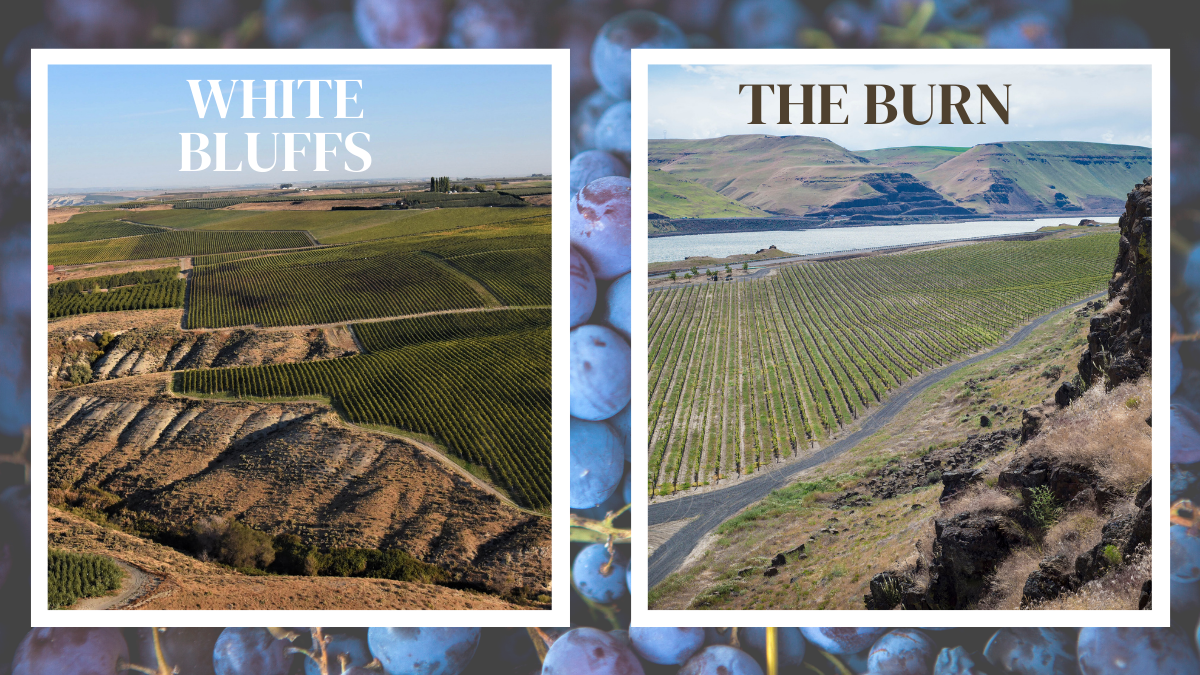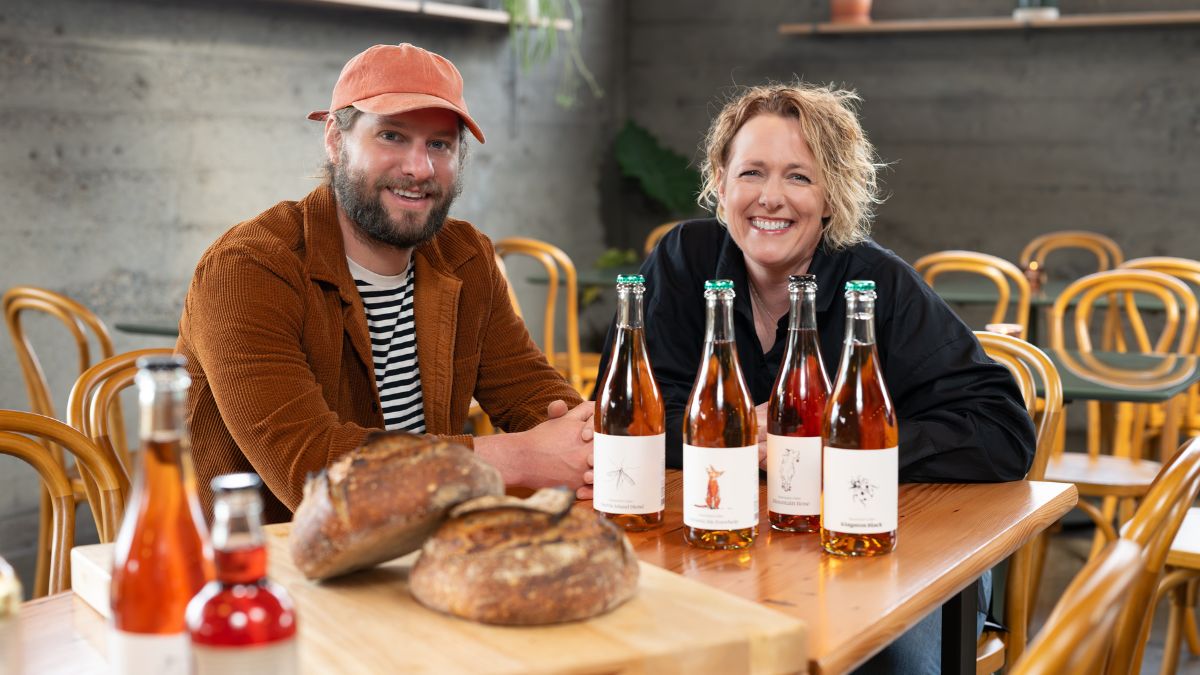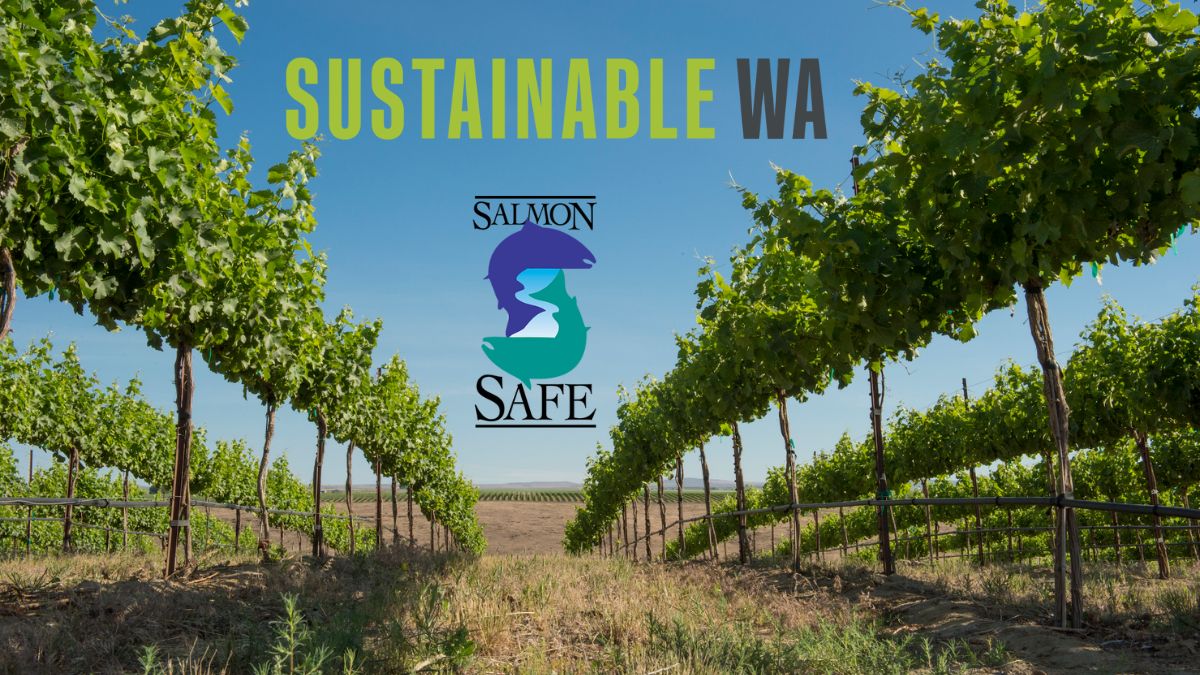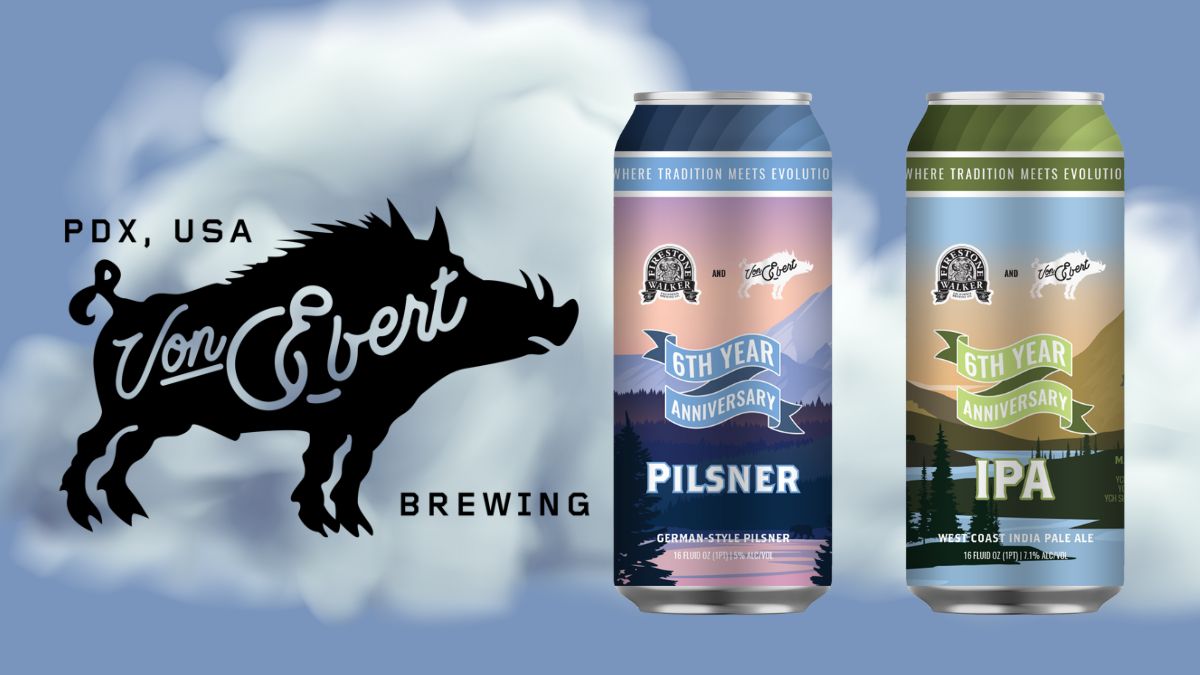White Bluffs and The Burn of Columbia Valley bring total number of Washington AVAs to 18
Seattle, Washington, June 16, 2021 (GLOBE NEWSWIRE) — Washington has two new American Viticultural Areas (AVAs). The Alcohol and Tobacco Tax and Trade Bureau (TTB) will publish the final rules for White Bluffs and The Burn of Columbia Valley tomorrow, June 17, 2021, to officially define them each as designated wine grape-growing regions.
“We have been anxiously awaiting these new AVAs, and are looking forward to seeing their names on wine labels moving forward,” said Steve Warner, President of the Washington State Wine Commission. “For Washington to be home to 18 AVAs, with more coming soon, is a tremendous sign of growth. It’s a very exciting time for the wine grape growers and winemakers who work with these acclaimed regions.”
To qualify as an AVA, a wine grape-growing region must be distinguishable by features such as climate, soil, elevation and physical features. Beginning on July 19, 2021, wineries may submit a Certificate of Label Approval (COLA) request to the TTB for a label using the new AVA names as an appellation of origin.
White Bluffs AVA
The White Bluffs AVA is a total 93,738 acres, wholly within the Columbia Valley AVA. It is centrally located within the Columbia Valley, north of the Tri-Cities.
“White Bluffs is defined by great old vineyards that have a stellar reputation for producing fine wines,” said Kevin Pogue PhD, who wrote the AVA petition for White Bluffs. “With ample irrigation from the Columbia Basin Project, there’s plenty of room for expansion.”
The defining characteristics of the White Bluffs AVA include:
- The AVA encompasses two plateaus that rise above the surrounding plains of the Pasco Basin an average of 200 feet. The added elevation protects the vines from the cold air on the valley floor and extends the growing season.
- White Bluffs gets its name from a layer of ancient lakebed sediment that lies underneath windblown silt and Missoula Flood deposits. This sedimentary layer, which is whitish in appearance, is referred to as Ringold formation. Because of this layer:
- Grapevines have no ability to interact with basalt bedrock, unlike almost all other vineyards in the Columbia Basin;
- the vines have a different suite of minerals to interact with;
- these lakebed sediments have a higher clay content, which impacts water holding capacity.
There are 1,127 acres of wine grapes currently planted between nine commercial vineyards, with many notable varieties, including Cabernet Sauvignon, Merlot, Syrah, Riesling and Sauvignon Blanc.
“Ninety-two wineries currently purchase fruit from our vineyards alone,” said Kent Waliser, Director of Wine and Grape Sales for Sagemoor Vineyards, which is a collection of four vineyards within the AVA. “A number of the vineyards have been around for over 40 years, so they’ve really stood the test of time. This is a place that’s been known forever, but not named until now. It’s about time that we can identify it as a place.”
The Burn of Columbia Valley AVA
The Burn of Columbia Valley AVA is a total 16,870 acres, wholly within the Columbia Valley AVA. It is located west of the Horse Heaven Hills and is triangular in shape. There are approximately 1,500 acres of wine grapes currently planted between three commercial vineyards, and Cabernet Sauvignon is the majority variety. Ste. Michelle Wine Estates and Mercer Ranches manage the vineyards within the AVA, sometimes referred to as ‘The Burn’ for short.
“The Burn is a spectacular and beautiful hidden gem,” said Rob Mercer, President of Mercer Ranches. “Almost no one has seen this incredibly productive plateau that rises above the Columbia River on the very eastern edge of the Columbia Gorge. The Burn has soils similar to the Walla Walla Valley but temperatures that are much warmer and milder. Time and experience will tell, but I believe it will become one of the most sought-after locations for wine grape production in Washington State. It has been a privilege to be a pioneer of vinifera here.”
The exact origin of the name is uncertain, but according to the AVA petition, the region has been referred to as ‘The Burn’ for over 100 years. According to Ste. Michelle Wine Estates, some of its defining characteristics include:
- Total heat accumulation in line with the state’s other warmer regions, though it typically accumulates that heat over a slightly longer season, extending hang time and alleviating spring and fall freeze pressures. Essentially, the heat advances maturity of the fruit, but with the significant wind the area experiences that maturity is delayed. This dynamic results in grapes from The Burn being some of the last harvested in the state, with great hang time, flavor and acidity.
- Slightly more precipitation on average than other regions throughout the Columbia Valley due to its more westerly location and proximity to the Columbia Gorge, a natural break in the Cascade Range. In addition, the soils in The Burn have a higher moisture-holding capacity than the broader region’s sandier soils.
- Notable impacts from the persistent winds coming up the Gorge, which delay maturation. But, when combined with the heat and longer growing season, the fruit still sees full phenolic ripeness, and lots of color and concentration. For this reason, The Burn is a warm appellation that acts in some respects like a cooler one.
“The unique combination of heavier soils, windier conditions, and longer growing season makes the newest AVA in Washington the next great region for growing elegant yet structured Cabernet Sauvignons,” says Ste. Michelle Wine Estates’ Chief Winemaker Juan Muñoz-Oca. “I’m thrilled to showcase the uniqueness of this region through our wines and look forward to learning even more about its terroir with each passing vintage.”






